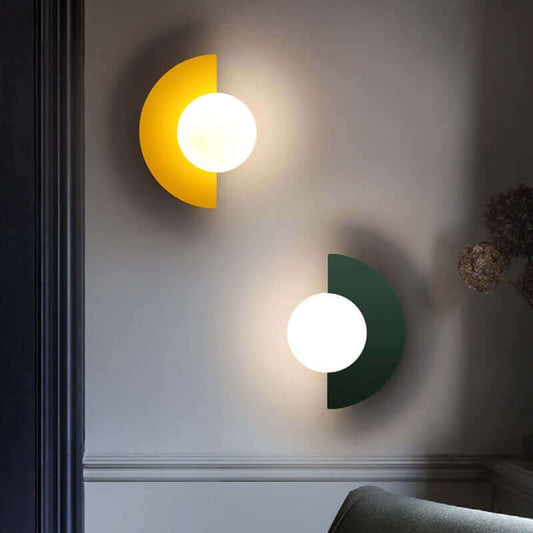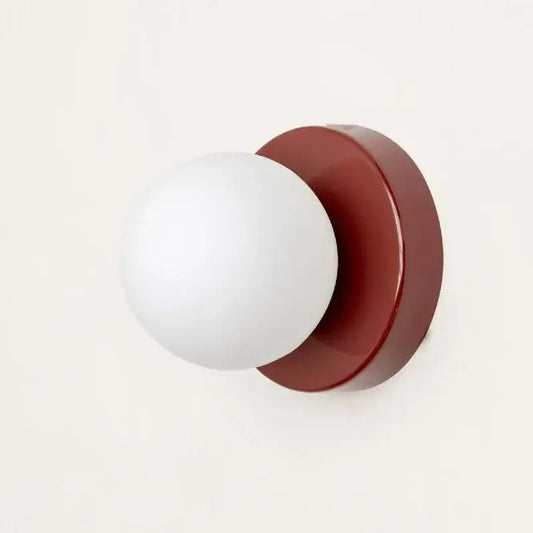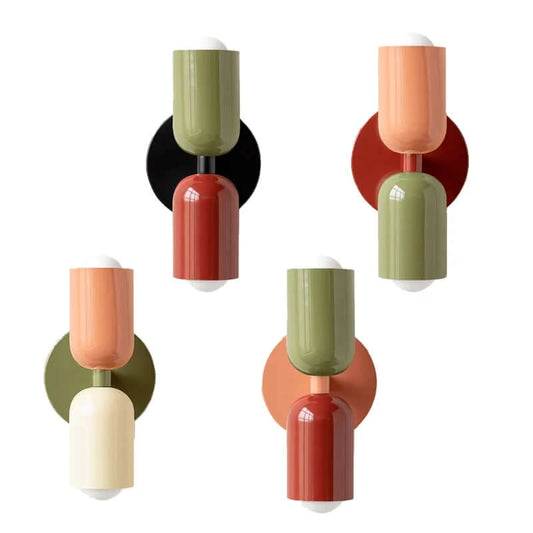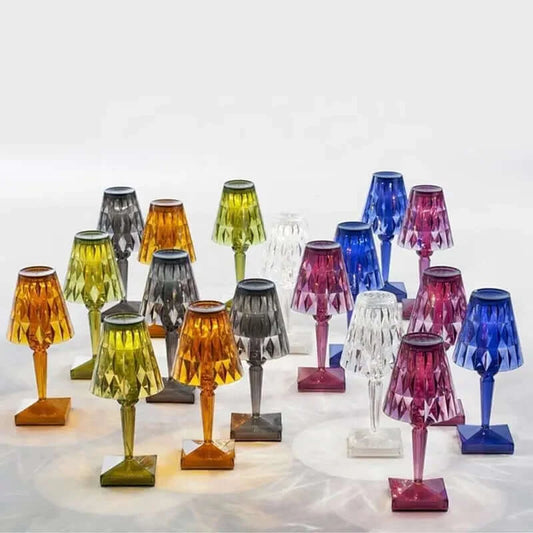Introduction:
Ancient civilizations, such as the Egyptians, Greeks, and Romans, left behind a legacy of remarkable vases that continue to captivate us today. These vessels not only served practical purposes but also held deep cultural and symbolic significance. In this article, we will embark on a journey through the evolution of ancient Egyptian, Greek, and Roman vases, exploring their artistry, functionality, and the rich stories they tell about these civilizations. Additionally, we will delve into the materials used, intricate patterns, symbolism, and the practical and cultural aspects associated with these remarkable artifacts.
The Evolution of Ancient Egyptian Vases: A Journey Through Art and Functionality
Ancient Egyptian vases provide us with invaluable insights into the artistry and functionality of this ancient civilization. These vessels, often made of clay, were primarily used for practical purposes such as storing perfumes and oils. The intricate decorations featuring hieroglyphs and depictions of gods and pharaohs served as a window into their religious beliefs and cultural practices. By examining the evolution of Egyptian vases, we can trace the changes in style, shape, and symbolism, offering a glimpse into the civilization's development and artistic prowess.
Exploring the Rich History of Greek Vases: Symbols of Mythology and Celebration
Greek vases hold a special place in the history of art and mythology. These exquisite vessels, adorned with scenes from myths and legends, allowed the ancient Greeks to celebrate their gods, heroes, and epic tales. From the geometric designs of the Geometric period to the red and black figure techniques of the Classical period, Greek vases evolved both in terms of their artistic styles and narrative representations. By studying these vases, we gain a deeper understanding of Greek culture, their reverence for the divine, and their penchant for storytelling.
Roman Vases: Unveiling the Elegance of Ancient Design and Utility
Roman vases showcase the elegance and utility of ancient design. Made from various materials, including clay, metal, and glass, these vases served both practical and decorative purposes. Roman craftsmen demonstrated extraordinary skill in their intricate craftsmanship, often incorporating scenes from mythology, daily life, and historical events. Roman vases, with their versatility and refined aesthetics, exemplify the grandeur and sophistication of the Roman Empire.
Clay vs. Metal: A Comparison of Materials Used in Ancient Civilization's Vases
The choice of materials in creating ancient vases played a crucial role in their durability, functionality, and artistic expression. Comparing the use of clay and metal in vase production reveals the distinct characteristics and advantages of each. Clay vases allowed for intricate sculpting and painting, while metal vases offered durability and a wider range of decorative possibilities. Understanding the merits of these materials provides valuable insights into the craftsmanship and artistic choices made by ancient civilizations.
The Intricate Patterns on Ancient Vases: Unraveling the Hidden Meanings
The intricate patterns adorning ancient vases often hold hidden meanings and cultural significance. From repetitive geometric motifs to intricate mythological scenes, these patterns provide clues about the beliefs, values, and narratives of the societies that created them. Deciphering these patterns unravels a tapestry of symbolism and cultural expressions, offering a glimpse into the ancient world's rich tapestry of meaning.
Symbolism in Ancient Egyptian Vase Decorations: A Window into Religious Beliefs
Ancient Egyptian vases were not merely vessels for storing liquids; they were intricate works of art rich in symbolism. The decorations on these vases, including hieroglyphs, images of gods, and pharaohs, offered a profound insight into their religious beliefs. Each symbol on an Egyptian vase held a specific meaning, whether it represented fertility, protection, or the connection between the earthly and divine realms. By studying the symbolism in ancient Egyptian vase decorations, we can gain a deeper understanding of their religious practices, mythological narratives, and the complex worldview of this fascinating civilization.
Mythological Tales on Greek Vases: Unveiling Ancient Heroes and Gods
Greek vases served as visual storytellers, presenting mythological tales that captured the imagination of the ancient Greeks. These tales depicted the adventures of heroic figures, gods, and goddesses, illustrating their interactions, triumphs, and tragedies. Through the scenes depicted on Greek vases, we can explore the vibrant world of ancient Greek mythology, gain insights into their values and beliefs, and appreciate the artistic prowess that brought these stories to life.The Practicality of Ancient Roman Vases: From Holding Water to Displaying Beauty
Roman vases epitomize the practicality and aesthetic sensibilities of ancient Roman culture. While their primary function was to hold liquids, Roman craftsmen elevated these vessels to objects of beauty and status. From simple utilitarian designs to ornate and elaborate forms, Roman vases showcased the Romans' appreciation for elegance and refinement. Examining the practicality and decorative aspects of ancient Roman vases sheds light on their daily lives, social customs, and the intersection of art and functionality in Roman society.
Reviving Ancient Vase-Making Techniques: Preserving a Lost Art Form
The art of vase-making in ancient civilizations has, unfortunately, faded over time. However, dedicated artisans and scholars are endeavoring to revive these ancient techniques. By studying archaeological findings, historical records, and experimenting with traditional methods, these modern craftsmen aim to preserve and revive the lost art form of creating ancient vases. Exploring their efforts allows us to appreciate the skill, craftsmanship, and cultural heritage associated with ancient vase-making techniques.
The Cultural Significance of Ancient Vases: Expressions of Identity and Tradition
Ancient vases hold immense cultural significance as expressions of identity and tradition. These vessels not only reflect the artistic and technical achievements of ancient civilizations but also encapsulate their cultural values, social customs, and religious beliefs. By studying the diverse array of ancient vases across civilizations, we can unravel the cultural tapestry woven by our ancestors, gaining a deeper appreciation for their heritage and the enduring impact of these remarkable artifacts.
The evolution of ancient Egyptian, Greek, and Roman vases takes us on a captivating journey through art, functionality, and cultural heritage. These vessels, crafted with skill and imbued with symbolism, offer valuable insights into the civilizations that created them. From the intricate patterns to the mythology depicted, each vase tells a story, providing a glimpse into the beliefs, traditions, and artistic achievements of the ancient world. By exploring the materials, designs, symbolism, and cultural significance associated with these vases, we gain a deeper understanding and appreciation of the rich tapestry of human history and creativity that they represent.
Remember to explore our previously published article, "A Brief History of Vases."


















